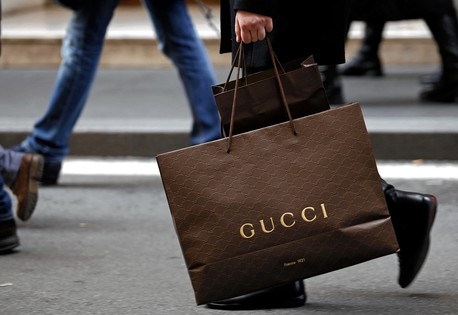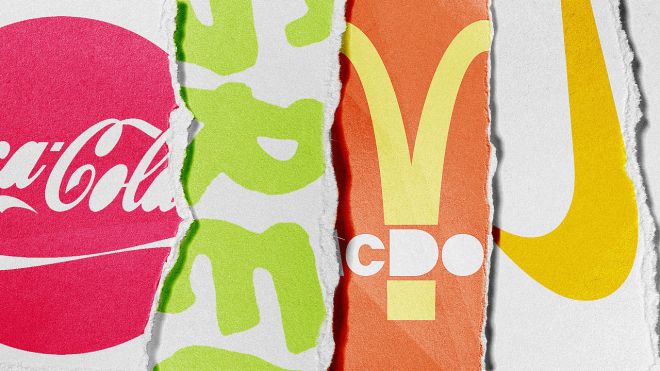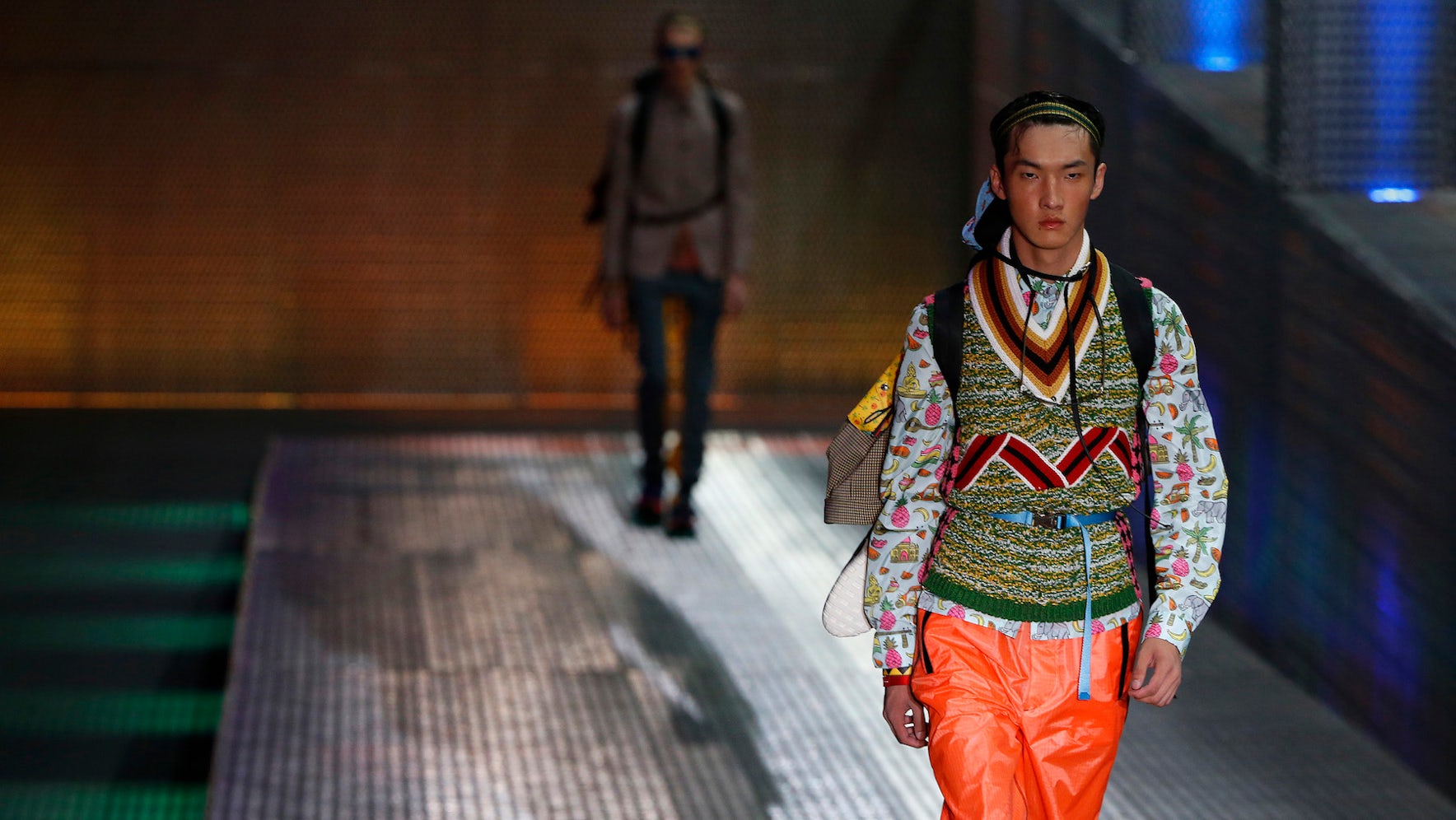The female-founded, direct-to-consumer brand actually calls it «leisurée.»

The female-founded, direct-to-consumer brand actually calls it «leisurée.»


Parece que Levi’s se está tomando muy en serio esto de la sostenibilidad ambiental. Y es que tras presentarnos unos jeans elaborados con redes de pescar, ahora la firma americana se ha asociado con Evrnu, una empresa de Seattle dedicada a reciclar fibras viejas, para crear los primeros jeans del mundo confeccionados a partir de algodón reciclado de postconsumo. En concreto, el prototipo presentado ha sido elaborado con cinco camisetas usadas y ha adoptado el patrón del modelo 511 de la firma, algo que para Stacy Flynn, CEO de Evrun, es muy positivo:”Levi’s es el socio perfecto para mostrar el funcionamiento y la capacidad de nuestra tecnología, ya que se trata de una compañía americana icónica con un producto que es reconocido en todo el mundo”.

Por lo que respecta al consumo del agua, era imprescindible que éste fuera el menor posible, siguiendo la estrategia Water <Less que la firma de jeans puso en marcha hace un par de meses. “Este primer prototipo – asegura Paul Dillinger, responsable de innovación de Levi’s- representa un importante avance en innovación. Con ello tenemos el potencial de reducir en un 98 por ciento el consumo de agua, ya que si no sería necesario cultivar algodón virgen, mientras que de esta manera además, damos múltiples vidas a cada prenda”.
http://www.itfashion.com/moda/eco-eco/los-primeros-levis-hechos-de-algodon-reciclado/

Our insistence that luxury goods be genuine is unrelated to how the product functions, say psychologists. We demand authenticity because of an emotional attachment to a brand: «There are certain things whose value depends largely on their legitimacy. While I might listen to bootleg music on my iPhone, I want the phone to be genuine. I want that Apple logo to be real. Why? Because the brand has effectively woven itself into my emotional brain.* Because when I see that logo, I don’t see a functional object. Instead, I’ve learned to respond to everything that isn’t functional, all those subtle connotations conveyed in the glossy ads. There are many blankets in the world. But there is only one blankie. The best brands are blankies.»
http://bigthink.com/ideafeed/authentic-luxury-goods-are-an-emotional-crutch

¿Te imaginas poder comer a través de la carta de colores de Pantone? Esta es la propuesta que nos hace el Forum Grimaldi de Montecarlo. Y es que hasta el 9 de septiembre se ha instalado en el recinto una cafetería efímera, color Pantone 18-1764 color (rojo Monte Carlo), en la que se nos invita a vivir una completa experiencia culinaria multisensorial en el que los productos se eligen por su color. De esta manera se puede elegir entre un café negro Pantone 19-11, un eclair de chocolate Pantone 19-1625 o una ensalada verde Pantone 15-5534. La combinación de colores sólidos se extiende de los alimentos y a las bebidas al mobiliario, servilletas, tazas y máquinas de café. “En una cultura obsesionada por el diseño, los alimentos nos proporcionan una vía más para la expresión artística”, afirma Laurie Pressman, vicepresidente del Instituto Pantone Color. “La presentación –añade- es tan clave como el sabor de los alimentos. […] Cada color tiene su propio sabor, olor, textura y personalidad, todos aquí se une para inspirar el alma y abrir el apetito”. ¿Qué te apetece tomar?




http://www.itfashion.com/cultura/arte-y-parte/a-que-saben-los-colores-la-cafeteria-pantone/

Branded content camouflages what companies have been trying to do since time immemorial: Sell you stuff. Here’s a better idea.
As digital media blunts the impact of advertising, brands are looking for new ways to lure consumers. The latest, buzziest effort has been to publish stories that look and feel journalistic. The key strategy of branded content or «native advertising» is to hide the commercial imperative, and even the brand altogether, so that readers think they’re consuming a familiar newspaper or magazine. This is supposed to make brands seem more reliable, familiar, and indispensable. But it’s a sham—a shortsighted attempt to trick consumers into opening their wallets.
What businesses need to do is debrand.
Since the ’90s, there has been a significant backlash against overt advertising—resistance to Coca-Cola sponsoring sports events at schools; to children designing Nike shoes in class; to toddlers singing along with Bumba, a clown who also happens to sell industrial cookies and cheap plastic toys. Social media has only made it more treacherous for brands that try too hard. Just ask DiGiorno Pizza.
So brands started to adopt subtler tactics. With native advertising, brands tell stories on popular platforms—and tell them in a way that is nearly indistinguishable from the stories readers already consume. By matching the message to the platform, brands can draw loyal customers and maybe even make their content go viral. Or so the thinking goes.

But branded content isn’t a long game. There are several reasons why. The first issue is intent. The essence of branded content is deliberately blurring the line between editorial content and advertising. Hiding your true colors is never a good idea. Another issue is the logic behind branded content itself. It’s misleading to use a totally different set of qualities—good stories—to sell a product that has intrinsically nothing to do with these qualities. Hiring a top filmmaker won’t improve the quality of your energy drink. Brands cannot deliver what they advertise. Shoes or coffee can never live up to their brands’ promises—they are just shoes and coffee. You could even say that the better the stories, the more dishonest the companies are being.
A camouflage strategy also complicates an already too complex world driven by hidden agendas. Even well-informed people who are able to both enjoy branded content and take it with a grain of salt will subliminally become accustomed to the new branded content standard—not to mention more vulnerable groups such as kids and adolescents. And what about the stories no one wants to hear, stories incapable of selling something? People are more likely to follow a happy, undemanding brand instead of bonding with real people and real-world problems. A brand will never ask you for help. It won’t confront you with difficulties or opposing views.

The only way to be truly subversive is to buy less stuff. Turn purchasing power into the power to leave untouched what you don’t need. We’ve reached the saturation point, we are unhappy—we are stuffocated. But just as consumption became a way of life, so too can non-consumption.
Here’s where debranding comes into play.
As branding is, fundamentally, just a form of communication, it will never disappear. And it shouldn’t. But the focus will shift. It will shift from branded products to branded places: stores and their owners who select and sell the products they like. Many of these places—take the Berlin-based store Original Unverpackt—will eschew packaging and advertising. Back to the traditional shopkeeper responsible for measuring bulk food and acting as an advocate for his products. Back to the real Dr. Browns, Uncle Bens, and Aunt Jemimas. Instead of brands, real people and real tones of voice will become the interface between consumers and products again. That’s the heart of debranding.
And it is totally in line with today’s networked society. Traditionally, branding is based on the idea of what differentiates a company from competitors. A brand grows by billing itself as different, by isolating itself from others (Apple took that quite literally with «Think different» to great success). But increasingly in the Internet age, consumers are comfortable with the idea that everything is interconnected. So what distinguishes brands is less important than what brings things and people together—whether your iPhone can talk to your Prius, for instance, or whether you can read articles from disparate sources in one place, like on Facebook. The brand that screams the loudest no longer commands the most attention; the one that offers something genuinely useful does.

In our debranded future, consumers won’t necessarily spend less—but they will buy less. They will buy fewer throwaway clones and spend more on only a few quality essentials against a fair-trade price. The shift among brands from investing in marketing to investing in product development should also allow less fortunate people to buy pure, simple, quality products. Prices will reflect real value, not the conceptual value branding magically bestows. Products will be stripped of branding codes and constructed imaginary worlds. The only information on packaging will be features such as origin, the intentions of the maker, the production process, and the environmental impact. Maybe makers will find a way to subtly brand their product by adding their signature to the product itself, omitting packaging altogether. All of this will of course be a kind of branding as well, but stripped to its core.

Debranding shouldn’t be confused with visual debranding, something Comme des Garçons did years ago, and Viceland does nowadays. Such visual identities could be the result of debranding, but they are not the end goal. The real goal is a well-made product.
So if you’re a company, take heed: Instead of throwing money at yet another branded content campaign, go back to the original notion of a brand. Fine-tune your product’s quality, design, and its durability. Become a producer of shoes again instead of surrogate spirituality. It will make your life, and consumers’ lives, simpler. Don’t throw a new product on the market if it’s not intrinsically better and more durable than what already exists. We don’t need more branding; we need fewer, better-quality products. People will find you.
http://www.fastcodesign.com/3060658/the-future-of-branding-is-debranding
 Save for exceptions like Gucci, Fendi, Damir Doma and Giorgio Armani, most of the labels showing at Milan men’s fashion week ditched creation for product design.
Save for exceptions like Gucci, Fendi, Damir Doma and Giorgio Armani, most of the labels showing at Milan men’s fashion week ditched creation for product design.
Of those of us above the age of 30 with just a slight familiarity with sports (which, thinking about it, might only be a small fraction of DANSK’s readers), Björn Borg is a household name. In the late 70s and early 80s, his lush Swedish curls brought him to the top of global tennis – and even tennis history, as he is widely considered one of the best players ever lived. Today, most of us know him as the household fashion brand that have been providing us with socks, underwear and stylish fashion basics for the past decade – celebrity endorsement works in Sweden too.
To celebrate the 60th birthday of the tennis phenomenon, Björn Borg launches a complete tennis collection, inspired from the hey-days of the sports (head bands!), but translated into a minimalist all-white monochromatic design. The Achromatic Collection, as it has been titled, features the latest in high-tech textiles developed in Japan so as to dress a new generation of Tennis stars (and yourself, drink-in-hand, at your friend’s boozy BBQ this summer.) Head towww.bjornborg.com for more information.
